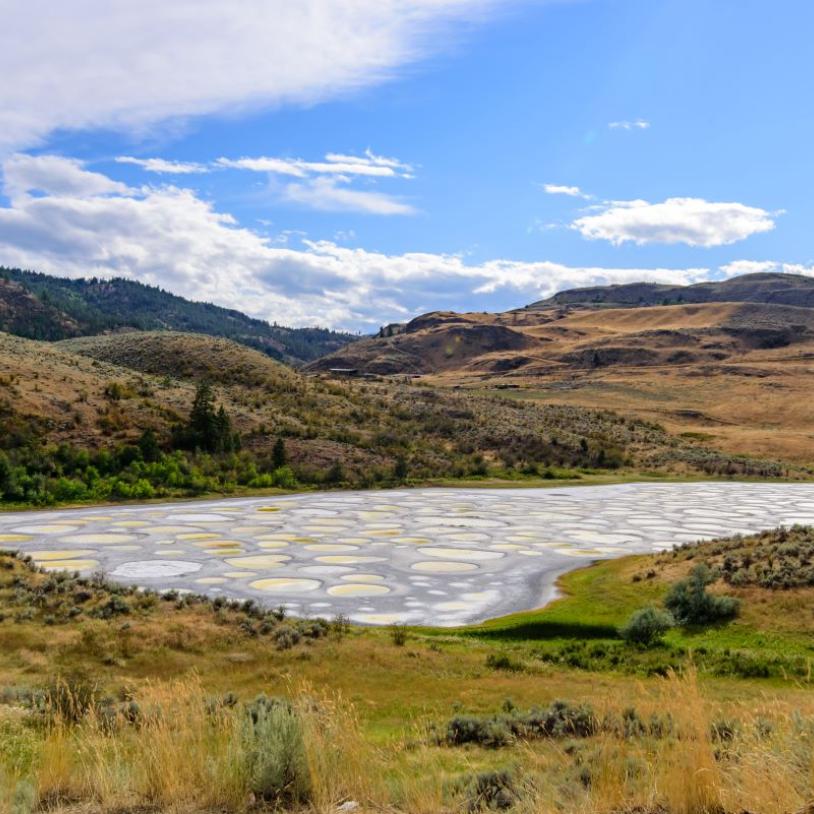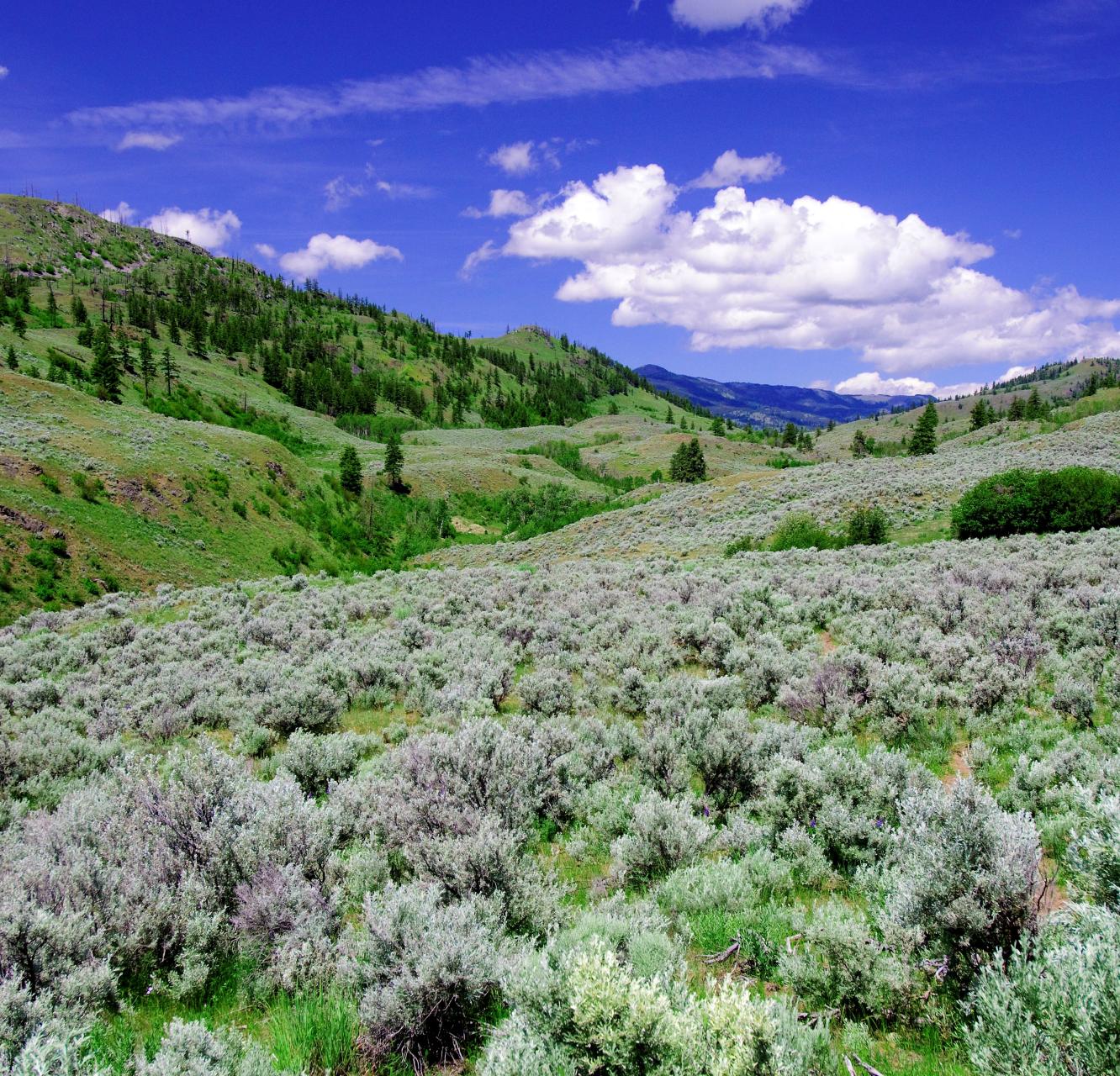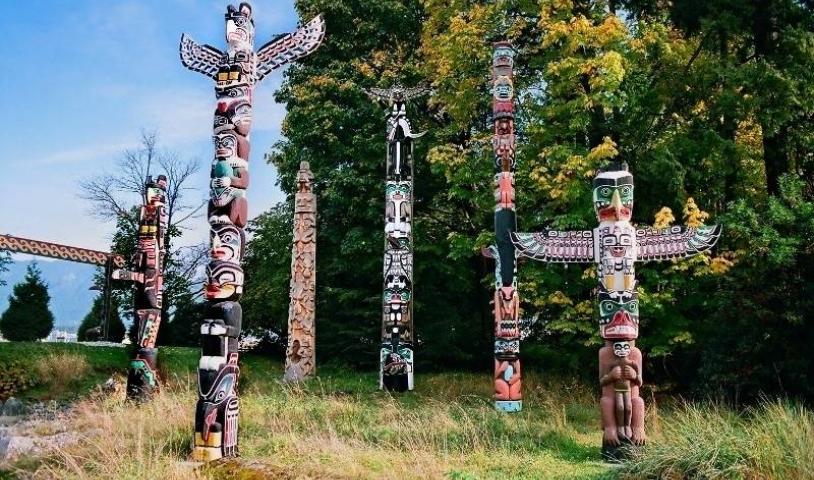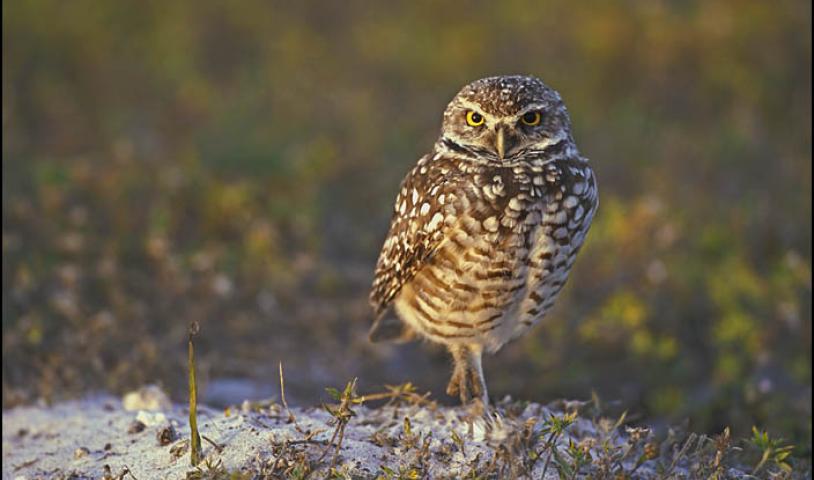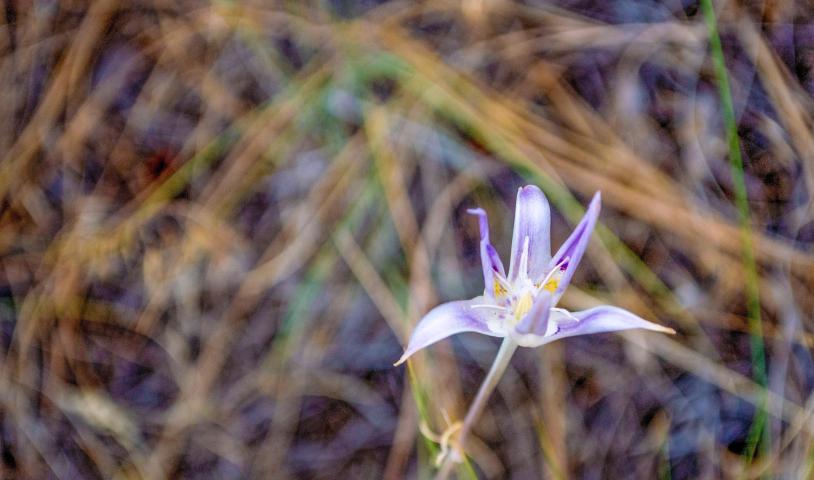Governments want Mt. Kobau included in national park reserve, documents reveal
Tuesday, June 26, 2018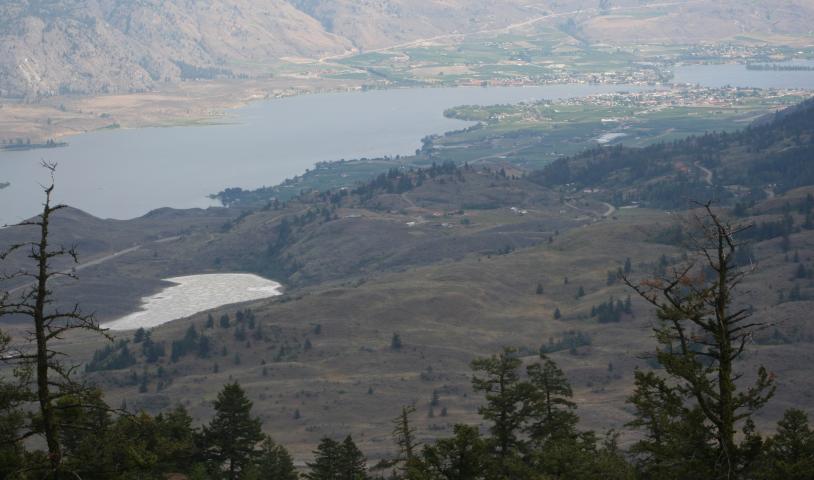
Photo: View from Mount Kobau towards Osoyoos.
Soon after the new B.C. NDP government came to power last July, they informed Parks Canada they wanted to see the Mount Kobau area included in a national park reserve.
At the same time, the new government said it was abandoning the proposal by former Premier Christy Clark’s government to have the Mount Kobau area considered for a provincial conservancy.
That information was contained in more than 600 pages of documents obtained recently by the Osoyoos Times under the federal Access to Information Act.
The documents contain information about discussions between Parks Canada, the Province of B.C. and the Okanagan Nation in the months leading up to an announcement on Oct. 27, 2017 that the three levels of government would work together to establish a South Okanagan national park reserve.
Until now, the province has been evasive about boundaries for the new national park reserve, and at last October’s announcement, B.C. Environment Minister George Heyman ducked a question on the issue.
But a Ministry of Environment spokesperson last week confirmed that provincial conservancy status for Area 2 – including Mount Kobau, North Kilpoola and Testalinden Ridge – is no longer being pursued.
“Components of this area are now under consideration as a national park reserve and form a key part of ongoing tripartite discussions between the federal government, provincial government and the Okanagan Nation,” said the spokesperson in an emailed reply.
The revelation was contained in an August 2017 memorandum to federal Environment Minister Catherine McKenna, which reported on an Aug. 11, 2017 phone call between Parks Canada and B.C. officials, less than a month after the NDP government took power.
“Provincial officials indicated that they are no longer interested in pursuing designation of part of the area as a provincial nature conservancy, but rather completely as a national park reserve,” said the memorandum signed by Daniel Watson, chief executive officer of Parks Canada.
“They have spoken with a representative of the Okanagan Nation Alliance who advanced a similar view,” Watson’s memo continued.
Currently boundaries of the new national park reserve are still under discussion and are not expected to be made public until a park concept is released for discussion sometime this fall.
But news that all three parties want Mount Kobau included in the park is significant because park supporters overwhelmingly favoured the area’s inclusion during provincial consultations following the August 2015 release of the Clark government’s Intentions Paper.
Mount Kobau, known as Txasqin in the Syilx language, is considered culturally significant by local First Nations. It also offers views of the stars relatively free of light pollution and was once picked as the site for a federal government observatory that was subsequently abandoned.
The documents also make clear that B.C. Environment Minister Heyman was anxious for an early joint announcement by the three levels of government that they would work together to establish a national park reserve.
“The provincial minister indicated an interest in making an announcement that Canada, the province and the Okanagan Nation Alliance were re-engaging on the creation of a national park reserve in the South Okanagan,” said Watson’s memo to the federal minister.
Initial talks suggested a joint announcement, possibly by news release, in late August last year. But the date got pushed back into September and ultimately it was decided to hold the Oct. 27, 2017 announcement as an event at the Nk’Mip Desert Cultural Centre.
While the joint announcement was delayed, officials pushed forward with a meeting between Minister McKenna and Osoyoos Indian Band Chief Clarence Louie in Vancouver on Aug. 24, 2017.
Parks Canada officials advised the minister to reiterate that Parks Canada will work with the Okanagan Nation to “build a long-term relationship regarding establishment and management of a national park reserve.”
They also advised the minister to confirm that “traditional activities that have been carried out within the boundaries of a proposed future protected area will continue and that traditional knowledge shared by the Okanagan Nation will be used in park planning and management.”
The park reserve, the minister was told to confirm, is not just to protect the environment, but also to ensure the protection and continuing traditional use of lands important to Indigenous people.
“And, it is about ensuring economic benefits from tourism, developing the park, etc. accrue to the region, including Indigenous people,” the minister was advised to say.
When the meeting with Louie was over, a ministerial staffer reported that the meeting went well.
“Minister McKenna also met with Minister Heyman and those dialogues were positive as well,” wrote the staffer. “There is general agreement among the three parties that an announcement should proceed, and Minister McKenna has also raised the possibility of having Prime Minister (Justin) Trudeau join the announcement if he is available.”
Officials discussed whether to hold the announcement in the Okanagan or in Vancouver.
“The only issue with holding in the Okanagan is that some of the opponents may show up, but by having it at the (Nk’Mip Desert Cultural) Centre, that will lessen the issue,” wrote Kevin McNamee, director Protected Areas Establishment Branch with Parks Canada.
Officials also discussed the possibility of taking the ministers and others on a helicopter tour that would land on Mount Kobau, as an area of cultural importance to the Okanagan Nation with spectacular views.
“This is an area (the) former (B.C.) Liberal government suggested excising from the park,” wrote McNamee. “A visit here would impress on Minister (McKenna the) need to have it in the park. New government supports including.”
In the end, the helicopter tour was abandoned, and the ministers instead did a hike on trails at the Nk’Mip Desert Cultural Centre.
The governments discussed the idea of having the parties sign a memorandum of understanding (MOU), but that idea was abandoned when it became clear the province would be unable to get it through their system in time.
In the end, the announcement went ahead with much fanfare, but almost nothing of substance was announced other than a vague commitment that the three levels of government would be moving forward with talks to establish the national park reserve.
To see original article click here
